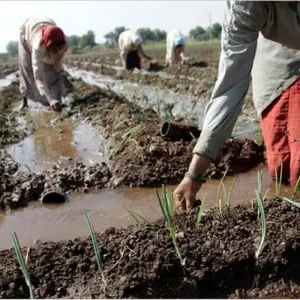Indian Tea industry is now more than 200 years old. With passage of time the requirements of the stakeholders in the value chain has evolved, but the technological advancements in the tea industry have not kept pace. However, the manner in which technology has developed during the last 5 years or so it has now the ability to provide solutions for numerous issues that the tea industry is besotted with.
Testing and tracing have the ability to point out authenticity and timing of the plucking of the tea leaves. Now technology has facilitated this distinction to the minutest detail. The biggest threat that the tea industry is facing is on account of climate change which has an effect on the nature, composition & quality of the tea buds and leaves.
Factors Determining Tea Quality:
The quality of the tea is determined by the chemical composition of the leaf, such as Polyphenol content, Caffeine content, etc.
- Maximum caffeine content is found in the newly formed leaves and buds. The coarser leaves and stems have lower caffeine content.
- Bud and first leaf are the richest sources of polyphenols and caffeine; the leaves lower down and the stems are proportionally poorer in these constituents.
- Flush shoots of two leaves and a bud obtained by fine plucking (‘two leaves and a bud’) are the best material, because of the high contents of polyphenols and caffeine.
For instance, a sample of shoots of Assam tea shows that the polyphenols make about 35% of dry matter in the bud and first leaf, 28% in the second leaf, and 15% in the stalk.
As in most of the tea gardens the tea leaves mature around the same time, the conventional process of testing resorts to smaller sample sizes for faster batch processing. The smaller sample size, especially during the peak season cannot discern the actual quality standards. Besides, the current methods of manual counting are time consuming and prone to error. Errors lead to poor quality purchases and an unfair price for farmers.
AgNext with its technological intervention and to cater to the high influx of tea leaves in a factory, has built a Fine Leaf Count Technology (TragNext) in association with Tea Research Association of India, to calculate fine leaf percentage without manual effort. The facilitation in enhancement of sample size also enhances the quality aspects of a particular crop of produce.
Using AI and Image Recognition Software, TragNext facilitates in identifying leaves from various classes coming from garden harvest as leaves, buds, Banjhi, shoots and the rest. Leaves are first dried and separated using a patent technology and then photographed with a high FPS camera.
In the post-processed inverted binarised image, each component is identified and extracted separately, and then the images are processed for FLC per industry standards. A set of final stats show how many leaf and bud configurations are in every shoot, allowing for a percentage of FLC to be displayed on the device and mobile. All this gets done in just 2 minutes, gives access to more sampling for better evaluation and removes subjectivity digitising the entire procurement and payment process from there on.
Determining Fine Leaf Count (FLC) is the need of the hour for the tea industry to increase its production quality & ultimately revenue. With the digitisation of these processes, farmers will be getting fair price for their produce, buyers can be assured of optimal procuring decisions and consumers will enjoy the benefits of quality and traceability.
For more details, please write to contact@agnext.in or call +91 9700720005










